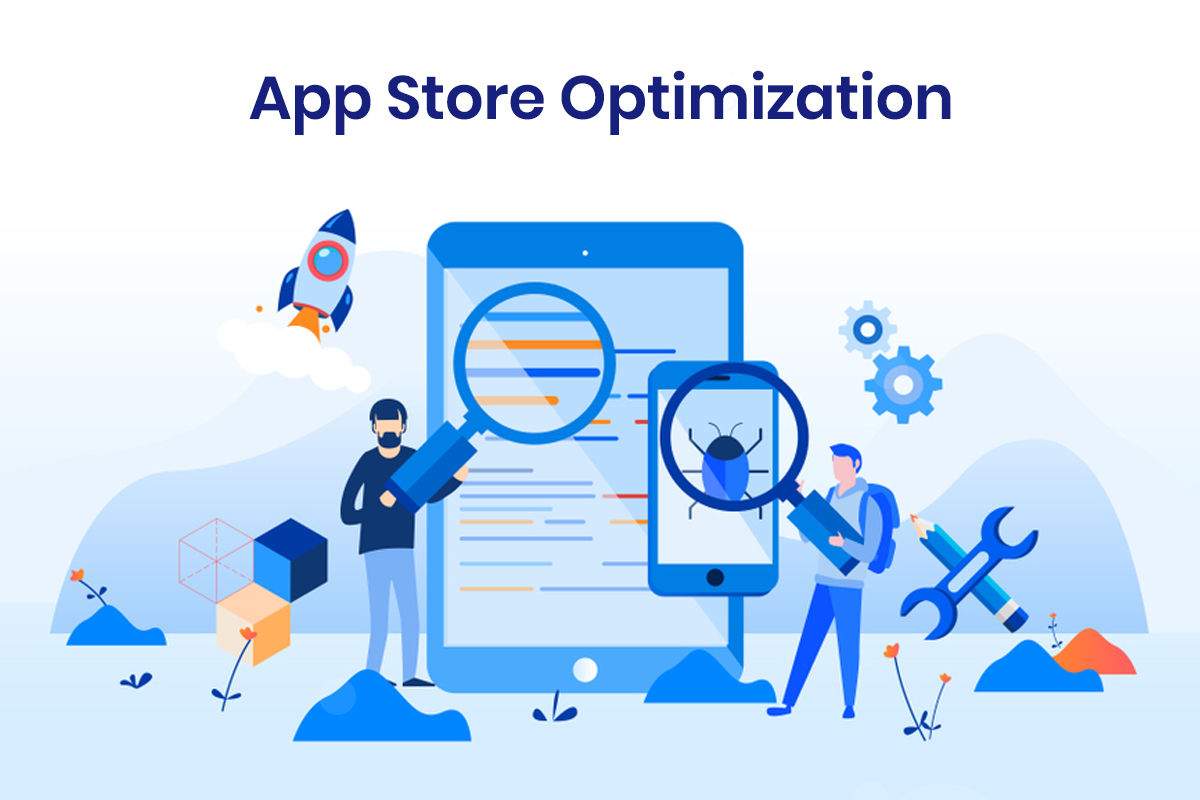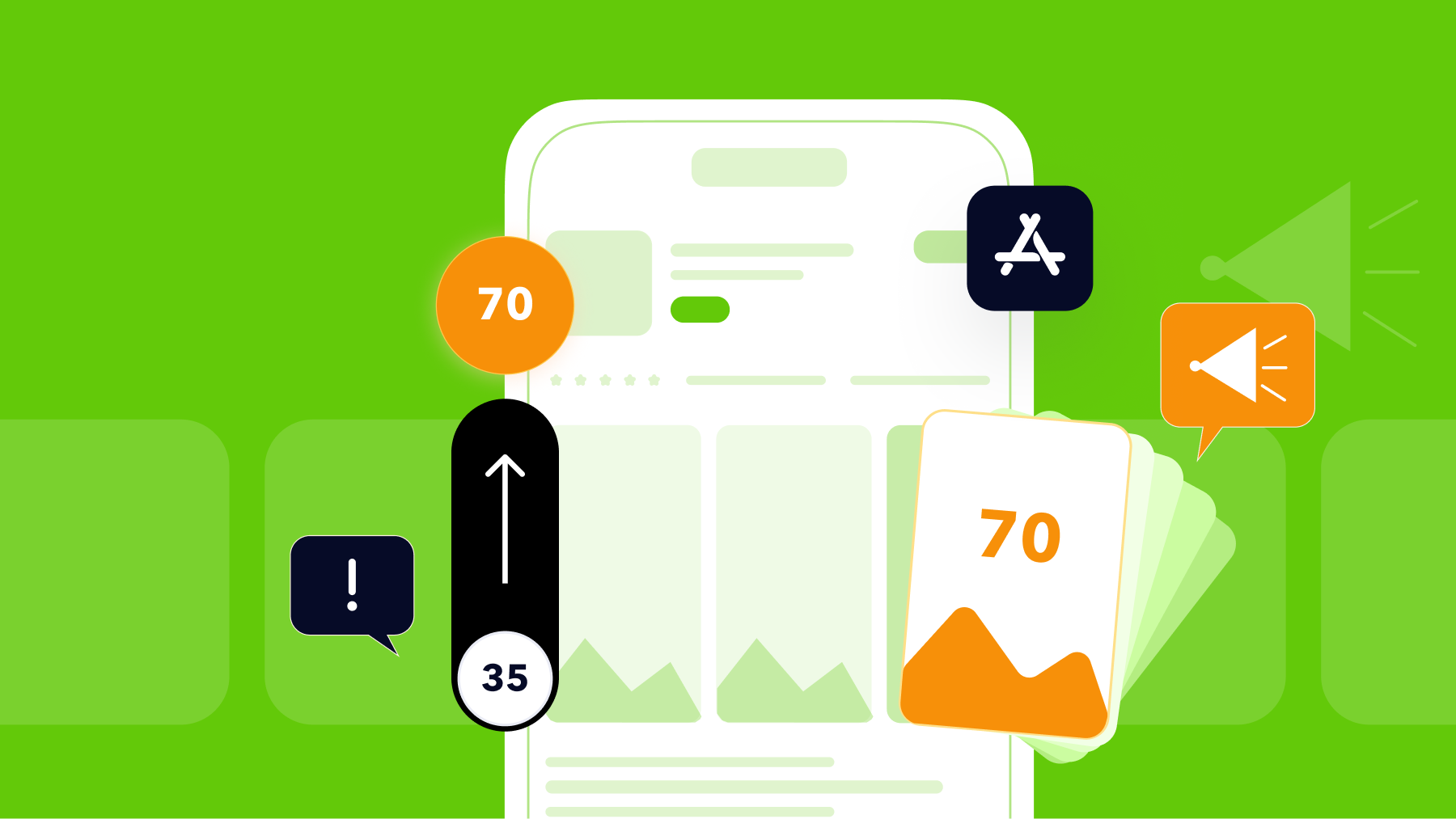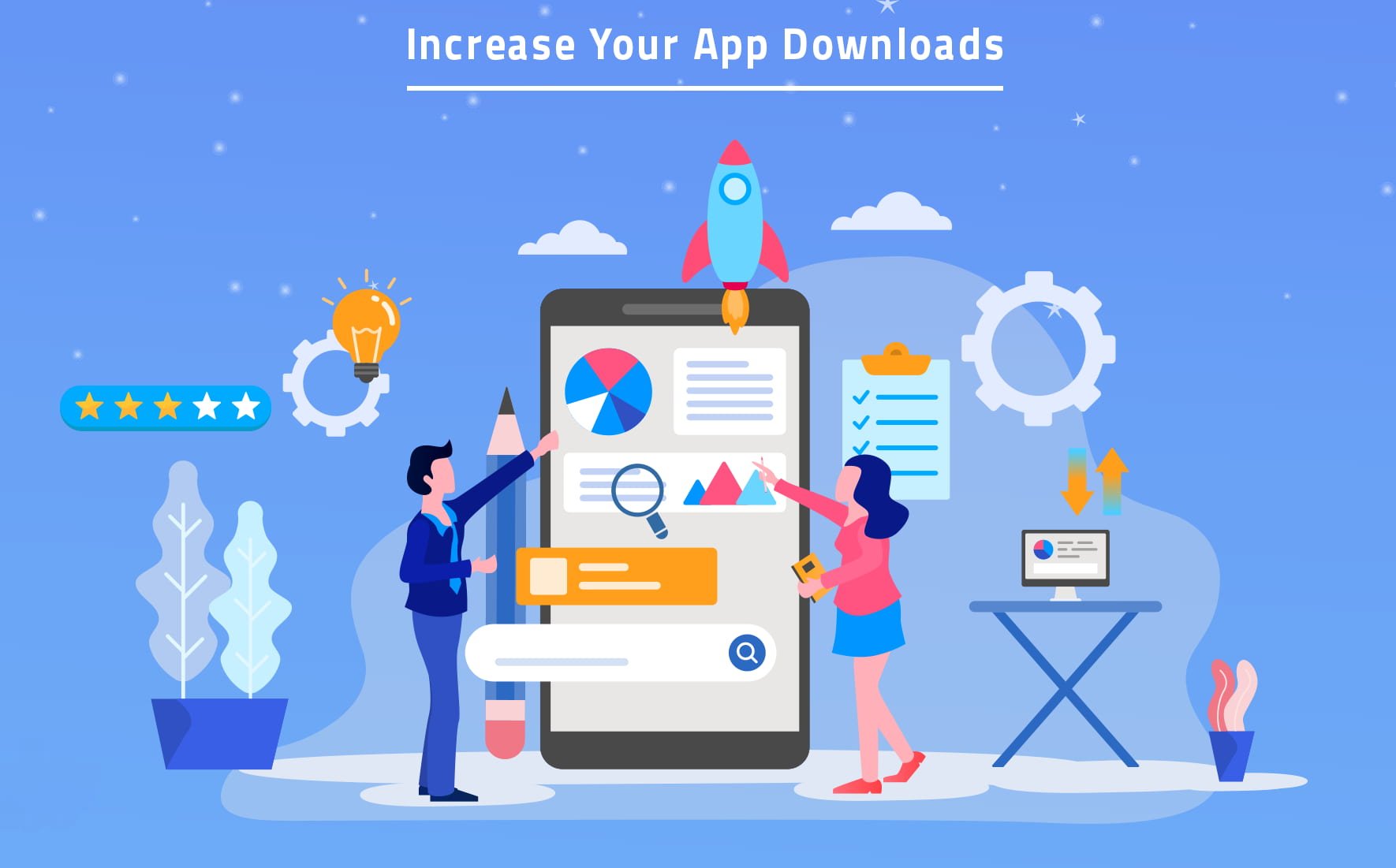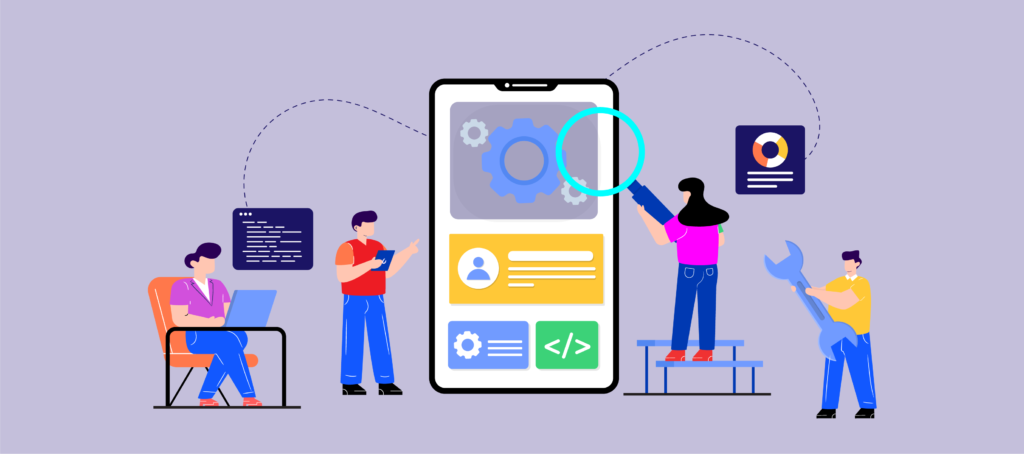To promote your iOS app for maximum downloads, focus on a multi-faceted approach combining App Store Optimization (ASO), organic marketing strategies, paid advertising, and data-driven measurement to boost visibility and user acquisition effectively. This method leverages Apple's ecosystem to drive organic traffic while supplementing with targeted promotions, ensuring sustainable growth in a competitive market. Additionally, understanding ASO as the foundation and exploring organic tactics like content creation will set the stage for success, while evaluating paid options can accelerate results.
Beyond the basics, measuring efforts through key metrics and addressing advanced considerations like common pitfalls will refine your strategy further. Importantly, integrating ethical practices and platform-specific differences ensures long-term viability. By following this structured path, you'll not only increase downloads but also build a loyal user base. Let's dive into the core strategies to get started.
App Store Optimization (ASO) is a foundational SEO-like process for apps, originating from mobile marketing practices, featuring keyword integration and visual enhancements to improve App Store rankings and visibility. Specifically, it involves optimizing elements like titles and icons to attract organic searches, making it crucial for iOS apps where discoverability drives 65% of downloads. To elaborate, ASO ensures your app appears in relevant searches, directly impacting download rates without paid spend.
To understand its essence better, consider how ASO mirrors web SEO but adapts to Apple's closed ecosystem. For instance, developers refine metadata to match user queries, leading to higher impressions. This process not only boosts initial visibility but also sustains long-term growth by improving conversion rates from browses to installs. Moreover, in a store with millions of apps, ASO acts as the gateway, helping niche apps stand out through targeted optimizations.
More specifically, ASO encompasses root attributes like keywords and descriptions, unique ones such as iOS-specific subtitles, and rare integrations like App Clips for previews. Developers start by researching high-volume keywords using tools like App Annie, then optimize titles to include primary terms without keyword stuffing, ensuring the app icon is eye-catching and screenshots demonstrate value. This holistic tweak can increase downloads by up to 200% in competitive categories, as poor ASO leaves apps buried in search results.
According to a study by Sensor Tower in 2023, apps with optimized ASO see a 10-20% uplift in organic downloads quarterly, highlighting its role in cost-effective promotion.
There are five key elements of effective ASO for iOS apps: keyword selection, visual assets, metadata optimization, ratings management, and localization, grouped by their impact on search and conversion. Below, these elements form the backbone of visibility, with keywords driving discovery and visuals sealing conversions. To break it down, each element requires targeted actions to align with Apple's algorithms.
To illustrate, keyword selection involves identifying low-competition terms via tools, ensuring relevance to app functions. Visual assets like screenshots should showcase features dynamically, while metadata includes compelling descriptions. Ratings encourage user reviews post-update, and localization adapts for global markets. Together, they create a compelling app page that converts viewers efficiently.
According to a study by App Radar from 2022, apps focusing on these elements achieve 15% higher conversion rates compared to unoptimized ones.
No, ASO is not enough alone to achieve maximum downloads on iOS, due to market saturation, algorithm changes, and need for multi-channel support. However, it serves as a critical foundation, often requiring integration with marketing for exponential growth. While sufficient for niche apps with viral potential, broader reach demands additional tactics.
In addition, the most important reason is competition—over 1.8 million apps exist, making pure organic reliance risky. Benefits include cost savings, but combining with ads amplifies results, as ASO boosts baseline visibility while promotions drive spikes. For maximum downloads, treat ASO as the entry point, scaling with data shows sustained increases.
According to Apple’s developer reports in 2023, apps using ASO alone see 40% of downloads organically, but hybrids reach 70% growth through combined efforts.
The best organic marketing strategies for iOS apps involve content creation, social engagement, and referral programs, delivering three to five key methods for long-term growth without budgets. These build authentic audiences, leveraging word-of-mouth in Apple's user base. To start, prioritize strategies that align with user behaviors for organic virality.
Next, content marketing creates value-driven assets like blogs, while social engagement fosters communities. Referrals incentivize shares via iOS features. These methods exploit root attributes like shareability, unique ones like SharePlay, and rare community betas, ensuring gradual but steady download increases through trust-building.

For example, develop tutorials showcasing app features on YouTube or blogs, optimize app landing pages for SEO, and run referral campaigns offering in-app rewards. This approach not only drives traffic but also improves retention, as engaged users promote naturally. Additionally, cross-promote with influencers in niche spaces for amplified reach without costs.
According to a study by HubSpot in 2023, organic strategies yield 50% lower acquisition costs than paid, with apps seeing 25% download boosts from content alone.
There are four main types of content that drive iOS app downloads: tutorials, case studies, videos, and infographics, categorized by engagement level and educational value. Next, these types educate and entice users, with tutorials leading in conversions. Criteria include relevance to app features and shareability on platforms.
Specifically, tutorials provide step-by-step guides, case studies show real successes, videos demonstrate usage, and infographics simplify benefits. Each targets different user stages, from awareness to decision, using quantitative factors like view counts to measure impact. For iOS, tailor to features like AR previews in videos.
According to Content Marketing Institute's 2024 report, video content drives 40% more app installs organically compared to text-only.
Social media excels in reach and virality, email in personalization and retention, while both tie in cost-effectiveness for iOS promotion. However, social offers broader exposure but lower conversions, versus email's targeted nurture. Key criteria include engagement rates, with social at 5-10% and email at 20%.
To illustrate, social platforms like Instagram allow visual teasers leveraging iOS screenshots, achieving quick spikes but fleeting attention. Email builds lists for updates, fostering loyalty with open rates up to 30%. Competitive edge lies in integration—use social for acquisition, email for re-engagement, optimizing for Apple's privacy rules.
According to a study by Statista from 2023, social media drives 35% of app discoveries, while email converts 25% better in retention-focused campaigns.
Yes, paid advertising is worth it for maximizing iOS downloads, offering rapid scaling, precise targeting, and measurable ROI despite costs. It accelerates growth beyond organic limits, ideal for launches or competitive niches. The primary benefit is speed, enabling thousands of installs quickly with budget control.
In addition, allocate budgets wisely using root targeting like demographics, unique Apple Search Ads, and rare retargeting. Benefits include bypassing algorithm waits, but balance with organics to avoid dependency. For maximum impact, start small, track conversions, and scale winners for 5-10x return.
According to eMarketer's 2023 data, paid ads contribute to 60% of app download growth for new launches, with ROI averaging 3:1.

There are three top paid advertising platforms for iOS apps: Apple Search Ads, Google Ads, and Facebook Ads, grouped by targeting precision and ecosystem integration. Below, Apple leads in native reach, Google in cross-platform, and Facebook in social targeting. Pros include Apple's 100% iOS focus, cons like higher costs.
More specifically, each platform's features: Apple for search-based, Google for universal apps, Facebook for audience networks. Quantitative factors like CPI (cost per install) vary—Apple at $1-3, others similar but with broader data. Choose based on app type for optimal download drives.
According to AppLovin's 2024 study, these platforms combined yield 45% higher downloads than single-use, with Apple topping conversions.
Apple Search Ads outperform in targeting precision and attribution, Google Ads in scale, and Facebook in cost-efficiency for iOS promotion. Meanwhile, Apple wins on platform exclusivity with lower fraud, but others offer broader audiences. Criteria focus on cost, with Apple at premium but higher ROI.
To illustrate, Apple's ads appear in App Store searches, ensuring intent-driven clicks with accurate tracking via SKAdNetwork. Competitors like Google provide video ads but face iOS privacy hurdles, leading to 20% lower attribution accuracy. Advantages include Apple's seamless integration, making it ideal for pure iOS focus.
According to a study by Branch Metrics from 2023, Apple Search Ads deliver 50% better retention rates versus other networks due to qualified traffic.
Measure and optimize iOS app promotion through analytics integration in four steps, yielding data-driven insights for 20-50% download improvements. Start by setting up tools, then track KPIs, analyze, and iterate. This ensures efforts align with goals like max downloads.
Furthermore, use root metrics like installs, unique Apple Analytics, and rare cohort tracking. The key step is integrating Apple’s App Analytics for real-time data, reviewing weekly, and A/B testing changes. Note privacy compliance to avoid data gaps.

For example, monitor user paths, adjust based on drop-offs, and optimize for retention. This cycle turns raw data into actionable tweaks, maximizing ROI across channels.
According to Google's 2023 mobility report, optimized apps see 30% higher lifetime value through consistent measurement.
There are five essential KPIs for tracking iOS app download success: CPI, retention rate, conversion rate, LTV, and ROAS, listed by priority in acquisition and monetization. Next, these quantify performance, with CPI measuring cost efficiency. Factors include benchmarks like CPI under $2 for viability.
Specifically, CPI tracks install costs, retention day-1 at 40% ideal, conversion from impressions, LTV predicts revenue, ROAS return on spend. Use them to compare strategies quantitatively, identifying bottlenecks.
According to AppsFlyer's 2024 report, focusing on these KPIs improves download efficiency by 25% industry-wide.
Yes, A/B testing is effective for improving iOS app promotion, enhancing creatives, targeting, and conversions through data validation. It refines elements empirically, avoiding guesswork. Foremost reason is precision, allowing 10-30% uplift in metrics like click-through rates.
In addition, implement via platforms like Apple Search Ads, testing ad variants or landing pages. Benefits include optimized budgets and better user alignment, with iterations leading to sustained download growth. For iOS, focus on privacy-safe variants.
According to Optimizely's 2023 study, A/B testing boosts app promotion ROI by 20%, with 70% of top apps using it regularly.
Advanced considerations in iOS app promotion include regulatory compliance and seasonal tactics, expanding to micro-niche pitfalls like over-reliance, for deeper strategic depth. These address success antonyms like failures, enhancing semantics via alternatives. To expand, weigh ethics and adaptations for holistic growth.
More importantly, incorporate privacy laws like ATT, avoid pitfalls through balanced approaches, and explore antonyms such as short-term vs. sustainable gains. This micro-focus refines macro strategies, preventing common errors in competitive landscapes.

For example, monitor trends, diversify channels, and use rare attributes like keto-analogous niche targeting for specialized apps. Overall, these ensure promotion resilience.
According to Forrester Research in 2023, apps ignoring pitfalls see 40% higher churn, underscoring advanced planning's value.
There are four common mistakes to avoid: ignoring feedback, over-relying on paid, neglecting updates, and poor targeting, grouped by operational impacts. Below, these derail efforts, with feedback ignorance topping as it misses user insights. Details include monitoring reviews to iterate.
Specifically, balance organics/paid, update for relevance, and refine audiences via data. Quantitative avoidance: feedback loops cut churn by 15%.
According to a 2024 Mobile Dev Memo survey, avoiding these boosts success rates by 35%.
Promoting free iOS apps emphasizes volume and monetization hooks, paid focuses on value justification and niche targeting, differing in barriers and strategies. In contrast, free uses ads for mass appeal, paid builds premium perception. Key diffs: free lowers entry but needs in-app purchases.
To illustrate, free leverages viral shares, paid highlights exclusivity with trials. Advantages: free scales faster, paid higher LTV. Use downloads for free virality, conversions for paid trust.
According to Distmo's 2023 analysis, free apps achieve 5x downloads but 2x lower revenue per user than paid.
iOS app promotion differs from Android in ecosystem closure, user demographics, and tools, with iOS favoring premium strategies versus Android's open fragmentation. Meanwhile, iOS uses Apple-exclusive ads, Android Google Play variety. Differences stem from Apple's control vs. Android's diversity.
Specifically, iOS targets affluent users with higher spend, Android broader but fragmented devices. Promotion: iOS ASO stricter, Android SEO flexible. This affects tactics, with iOS privacy-focused.
According to StatCounter 2024, iOS promotions yield 30% higher ARPU due to demographic premiums.
Yes, ethical considerations are crucial in maximizing iOS downloads, involving transparency, avoiding manipulation, and privacy respect for sustainable trust. They prevent backlash like review bombs. Primary is genuineness, using real growth over fakes.
Especially, avoid bots or fake reviews, comply with Apple guidelines, and prioritize user value. Benefits: long-term loyalty, with ethical tactics yielding 20% better retention.
According to a 2023 Ethical Marketing study by Harvard Business Review, ethical apps see 15% higher user trust and downloads over time.
In summary, promoting an iOS app for maximum downloads requires a balanced integration of App Store Optimization (ASO), organic marketing, paid advertising, and continuous measurement, while navigating common pitfalls and ethical considerations. By starting with a strong ASO foundation and layering on multi-channel strategies, developers can achieve sustainable growth in a competitive landscape. Ultimately, success hinges on data-driven decisions, user-centric approaches, and adaptability to platform-specific nuances, leading to not just higher downloads but also lasting user engagement and app longevity.
* * * <a href="https://svkconsultants.in/index.php?eikqk1">$3,222 payment available</a> * * * hs=15d5041510390bdd938ca0383b727ad6* ххх*
03:28 01/11/2025* * * $3,222 payment available! Confirm your operation here: https://svkconsultants.in/index.php?eikqk1 * * * hs=15d5041510390bdd938ca0383b727ad6* ххх*
03:28 01/11/2025IOS services
IOS app reviews IOS app installs IOS keyword installs Optimize iOS app Guaranteed top keyword iOS appRelated POSTS
Leave a Reply
Your e-mail address will not be published. Required fields are marked *